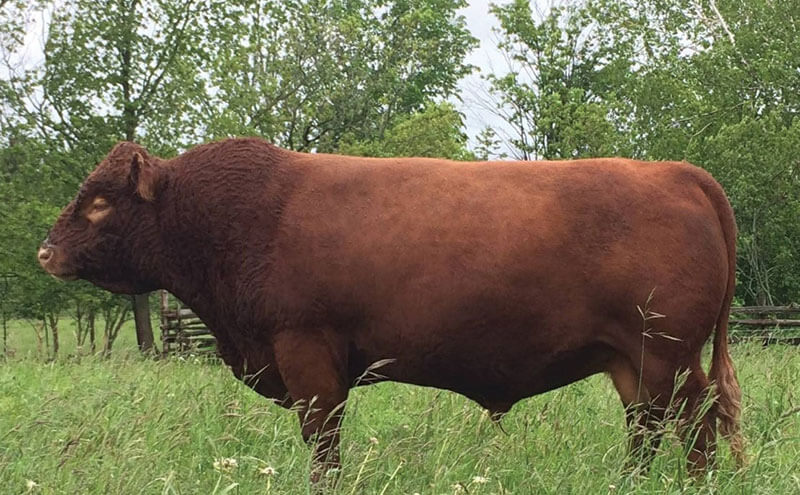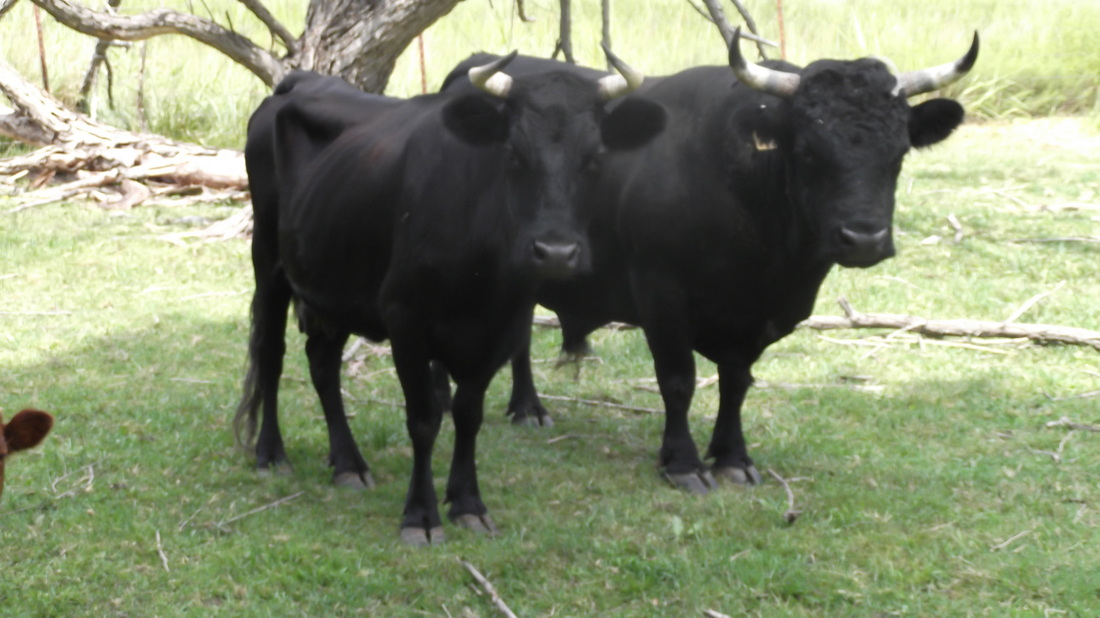


Though it is not common, some cows are reluctant to let the milk down for humans and so can be reluctant milkers. This same reflex is what makes the milk available to us when we milk. When the udder is stimulated by the calf nudging her udder, the cow lets the milk down so the calf can suckle. A lactating cow keeps her milk well stored so it does not just run out as the udder fills. The other trait to look for is a cows "let down reflex". Generally you could expect a cow to come into full production on her third calf. The udder size does not always dictate the amount of milk the cow will produce.Ī young first time calver generally will not produce as much as a more mature cow. Remember when you are milking your cow your head is going to be quite close to her back legs and hooves. If you want to train a young cow yourself it is wise to find someone who is experienced, that is prepared to show you the basics and give you pointers on the appropriate handling and safety precautions. For novices it is preferable to buy a cow that has already been trained to be milked. It is essential to have a quiet animal, at least halter broken and well handled. Probably the most important, particularly for first time house cow owners is temperament. The three key things that make a good house cow are temperament, udder structure and conformation. What do I need to look for when Selecting a cow?

This means I have the best of both worlds - fresh milk when I want it, and the freedom to carry on with the other aspects of my life. On the other days, I just leave the cow and calf together and the calf does the milking for me. Owning a house cow is not like running a commercial dairy where the calves are removed from their mothers within a few days of being born, so the cows need to be milked several times a day, every day.I don’t milk my cows everyday.Īs I work Monday-Friday, I only milk on the weekend. Not everyone that wants a house cow, is home all the time - so the thought of being tied to a cow waiting to be milked twice a day can be daunting. Not all Dexter cows produce the same amount of milk so choosing the right type from parentage known for udder type and production is important. Ideally, your Dexter house cow will be able to give an adequate supply of milk for both her calf, and your family needs. It’s fairly easy to make a range of products apart from the fresh milk eg. I have asked myself the same question and can only come up with the following answers as to why I keep a house cow, but you may have other reasons. The following Q&A may be of assistance to you when deciding if keeping a house cow is right for you. Being asked the questions has certainly made me think about all the aspects of having a house cow so I can pass on my knowledge and thoughts to others. Thus, phenotypic variation in milk fatty acid composition among cows fed the same diet is sufficient to produce butter with different textural properties.I have often been asked questions about why and how I keep a house cow.

Milk and butter samples from cows with a more unsaturated milk fatty acid composition had a lower atherogenic index, and the butter samples were more spreadable, softer, and less adhesive. Butter at 5☌ was evaluated by a sensory panel for spreadability and by a texture analyzer at both 5 and 23☌ for hardness and adhesiveness. Milk and butter samples were again analyzed for fatty acid composition. Milk samples were collected a week after testing, and butter was prepared from the individual samples. Ten cows were selected that tested higher (n = 5) or lower (n = 5) in their proportion of milk unsaturated fatty acids. We examined the phenotypic variation in milk fatty acid composition among cows fed the same diet to see if the variation was sufficient to produce butter with different textural properties. Milk fatty acid composition and textural properties of butter are known to be affected by the cows’ diets.


 0 kommentar(er)
0 kommentar(er)
